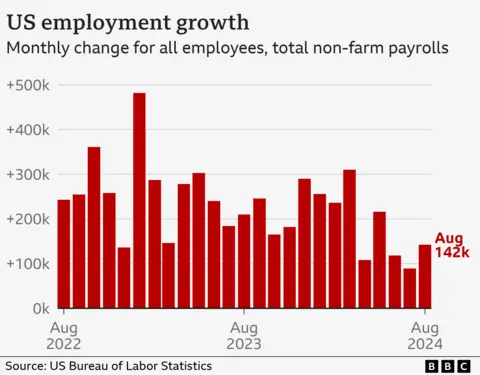As of September 2024, the COVID-19 pandemic continues to influence public health, policy, and daily life in the United States. The situation has evolved significantly since the early days of the pandemic, with ongoing adjustments in response to new variants, vaccination efforts, and shifts in public health guidelines. Here’s a detailed look at the latest updates and trends related to COVID-19 in the USA.
Table of Contents
1. Current Case Trends and Statistics
Case Numbers: tnchronicle.com case numbers in the U.S. have shown variability, with periods of increased activity driven by new variants. Recent data indicate that while overall case counts are lower than peak pandemic levels, localized surges have been reported. The Centers for Disease Control and Prevention (CDC) continues to monitor these trends closely.
Hospitalizations and Deaths: Hospitalization rates have remained relatively stable, though some regions are experiencing increased pressure on healthcare systems due to spikes in severe cases. COVID-19 related deaths have decreased overall thanks to vaccination and improved treatments, but fatalities still occur, particularly among the unvaccinated and those with underlying health conditions.
2. Vaccination and Booster Campaigns
Updated Vaccines: The U.S. has rolled out updated COVID-19 vaccines designed to address newer variants. These vaccines, approved by the Food and Drug Administration (FDA), aim to enhance protection and reduce the impact of emerging strains.
Booster Shots: Booster doses are recommended for specific populations, including older adults, those with underlying health conditions, and frontline workers. Public health campaigns are focusing on increasing booster uptake to maintain high levels of immunity across the population.
Coverage Rates: Vaccination rates have plateaued, with a significant portion of the eligible population having received initial doses. Efforts are ongoing to increase coverage, particularly among those hesitant or unable to access vaccines. Community outreach and education are key components of these efforts.
3. Variants and Research
New Variants: New variants of COVID-19, such as the latest Omicron subvariants, continue to emerge. These variants are being studied for their transmissibility, vaccine resistance, and potential to cause severe illness. Surveillance systems are in place to track these variants and inform public health strategies.
Research Initiatives: Ongoing research focuses on improving vaccines and treatments. The National Institutes of Health (NIH) and other research organizations are exploring new approaches to enhance vaccine efficacy and develop treatments for COVID-19.
4. Public Health Guidelines and Restrictions
Mask Mandates: Mask requirements have been adjusted based on local infection rates and hospital capacities. Some areas have reintroduced mask mandates in response to spikes, particularly in indoor settings, while others have relaxed restrictions as cases decline.
Travel Policies: International travel regulations continue to evolve. The U.S. has implemented testing and vaccination requirements for travelers entering the country. These measures are intended to manage the risk of importing new variants and protect public health.
Workplace and School Policies: Many workplaces and schools have adopted flexible policies to accommodate ongoing COVID-19 challenges. Remote work options and hybrid learning models remain prevalent, with institutions adjusting policies based on local conditions and public health guidance.
5. Economic and Social Impacts
Economic Recovery: The U.S. economy is rebounding, though challenges remain. Supply chain disruptions and labor shortages are affecting various sectors. Government relief programs and economic stimulus measures continue to support recovery efforts and address these issues.
Mental Health: The impact of the pandemic on mental health persists, with increased rates of anxiety, depression, and stress. Efforts to address these challenges include expanded mental health services, public awareness campaigns, and support programs.
Community Support: Community organizations and non-profits play a vital role in providing support to those affected by COVID-19. This includes assistance with vaccination access, healthcare services, and economic relief.
6. Government and Policy Responses
Federal and State Policies: Federal and state governments continue to implement policies aimed at controlling the spread of COVID-19 and supporting public health. This includes funding for testing, vaccination campaigns, and healthcare infrastructure improvements.
Legislative Actions: Recent legislation addresses various aspects of the pandemic, including funding for public health initiatives, support for affected businesses and individuals, and measures to enhance pandemic preparedness.
Public Communication: Clear and transparent communication from public health officials is crucial in managing the pandemic. Ongoing efforts focus on providing accurate information, combating misinformation, and engaging with the public to encourage compliance with health guidelines.
Conclusion
As the COVID-19 situation in the United States evolves, the focus remains on adapting to new challenges, improving public health responses, and supporting economic and social recovery. Vaccination, variant surveillance, and responsive public health measures are central to managing the impact of the virus. Staying informed about the latest developments and following public health guidance are essential for navigating the ongoing pandemic and ensuring community well-being.



